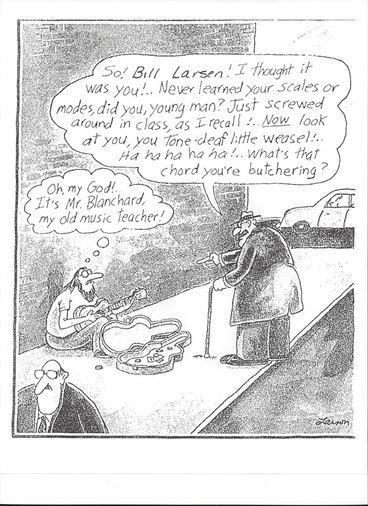Okay, I may be a little obsessive about our website. I can't seem to stop building pages.
In the course of sharing with our colleagues and students, Beth and I have gathered a few favorite YouTube Videos. Our new page, "Recommended Video" is a repository for those inspirational and creative videos that find their way to the top of the infinite amount of uploaded (and mostly mediocre at best) material.
Please enjoy. AND if you happen to have a favorite video of a performance or something instructional, please email us the link.
B
In the course of sharing with our colleagues and students, Beth and I have gathered a few favorite YouTube Videos. Our new page, "Recommended Video" is a repository for those inspirational and creative videos that find their way to the top of the infinite amount of uploaded (and mostly mediocre at best) material.
Please enjoy. AND if you happen to have a favorite video of a performance or something instructional, please email us the link.
B

 RSS Feed
RSS Feed
